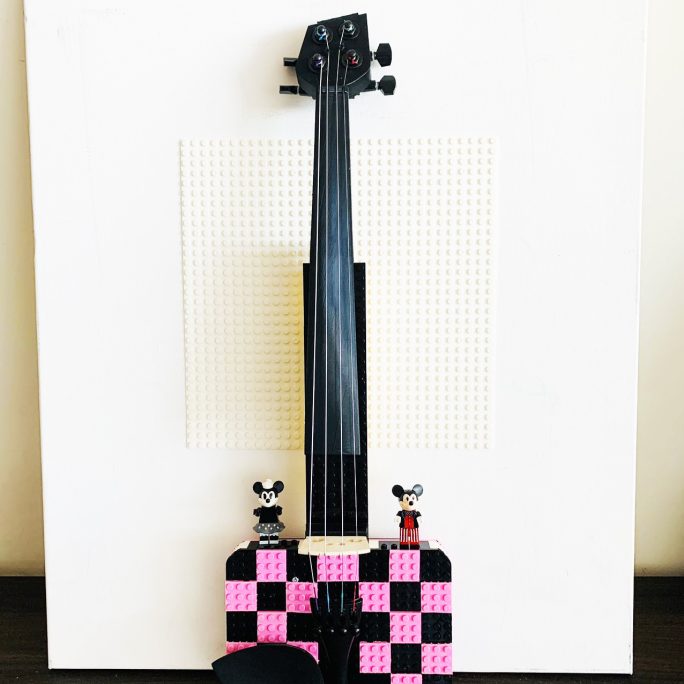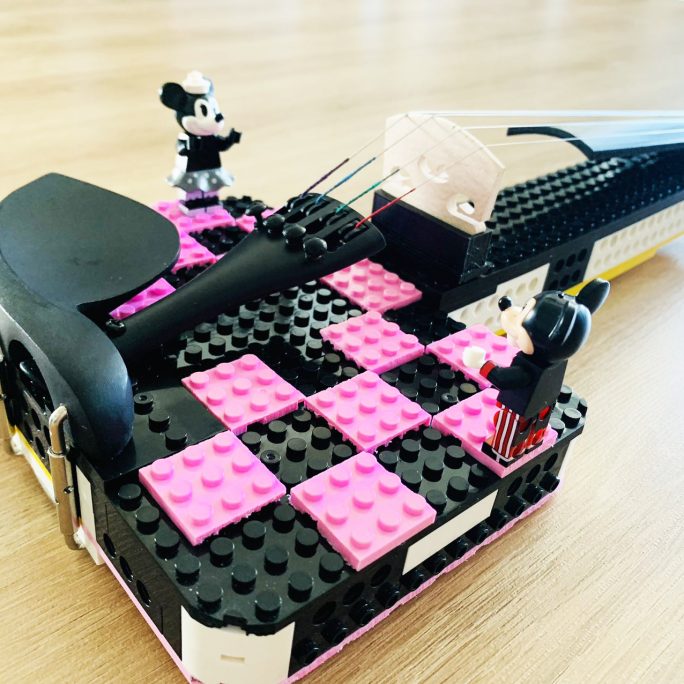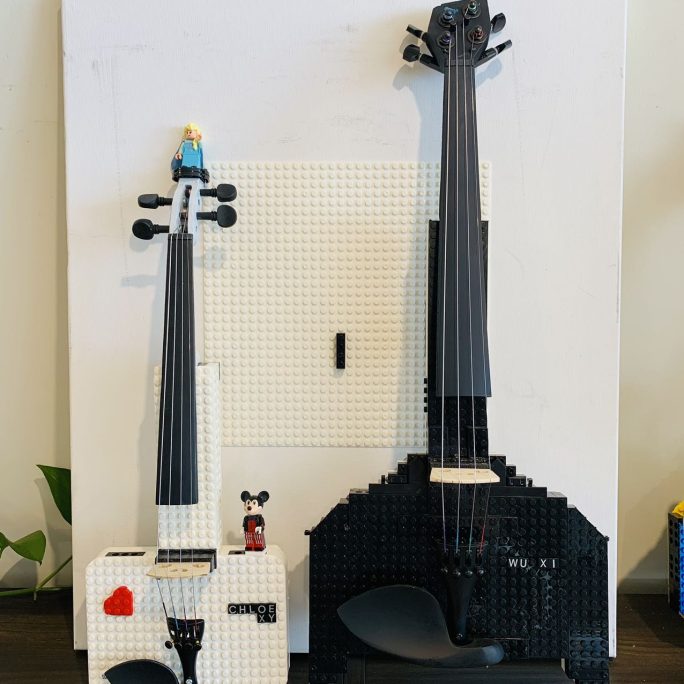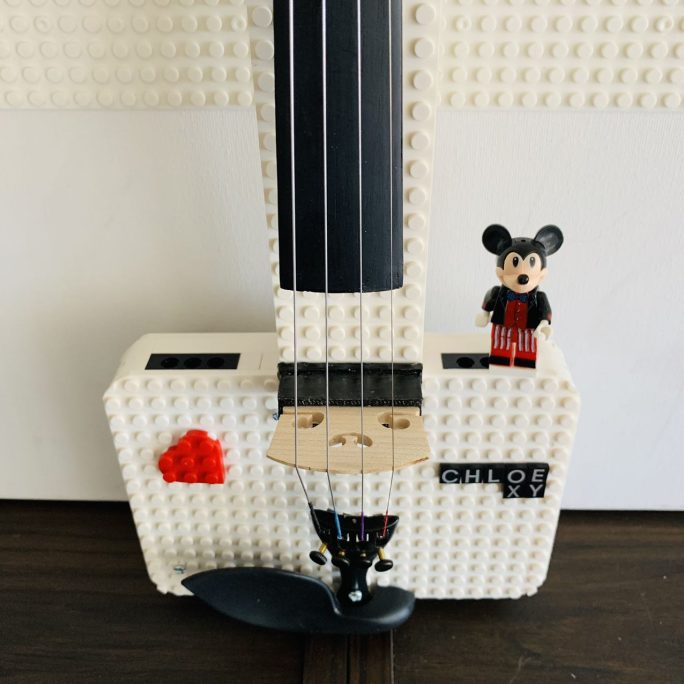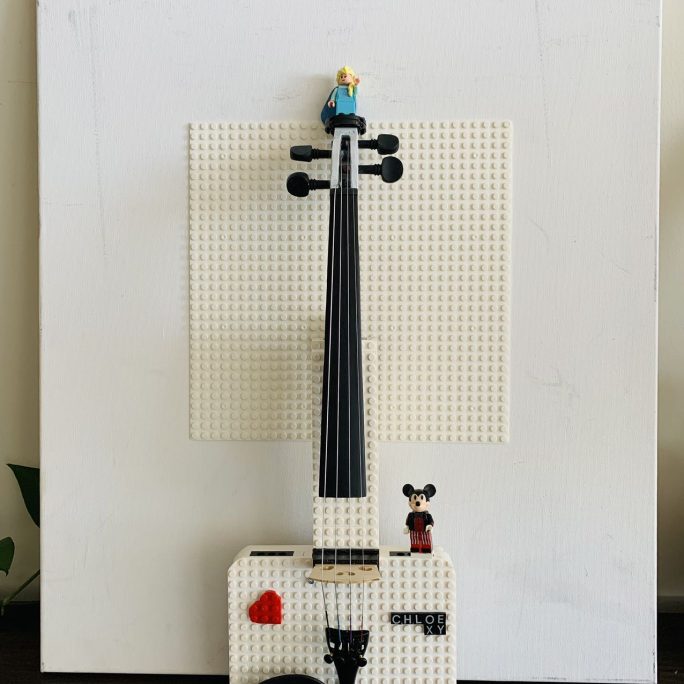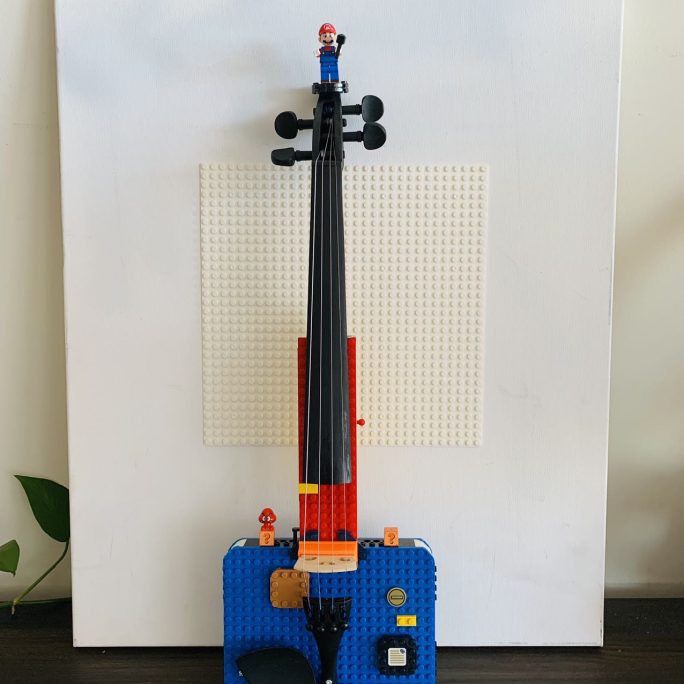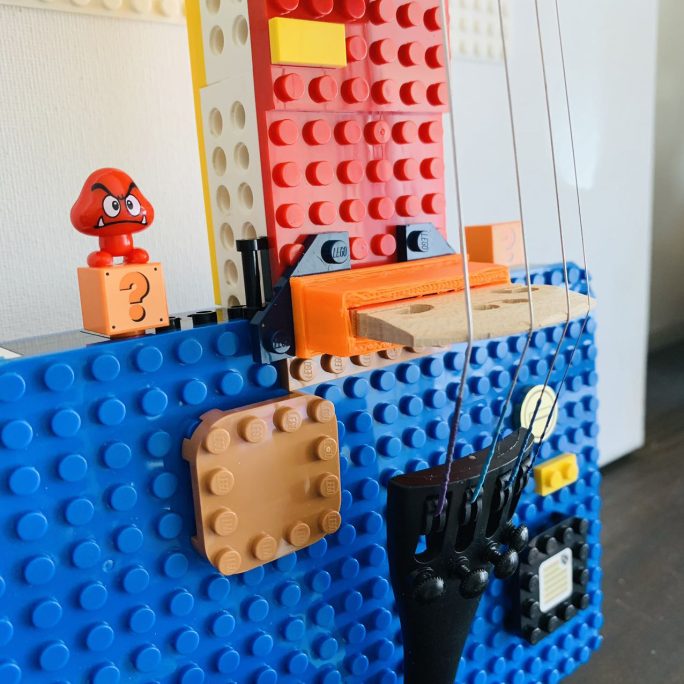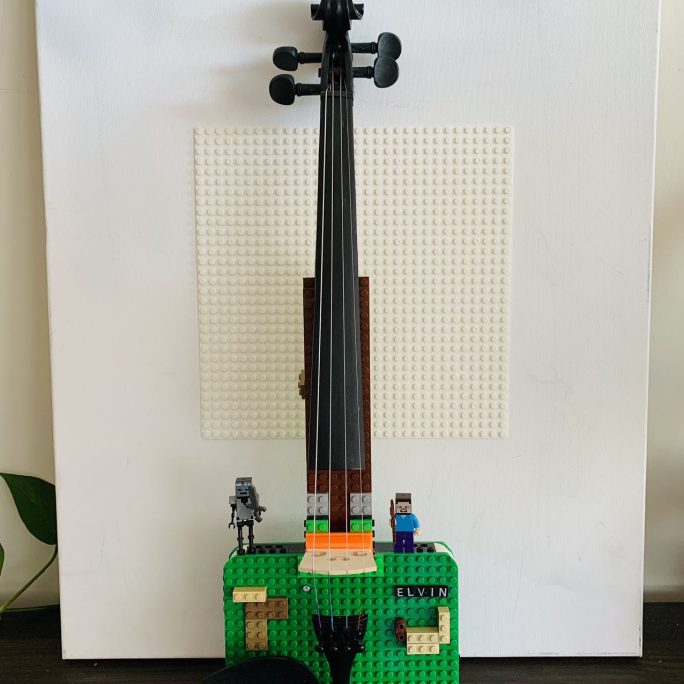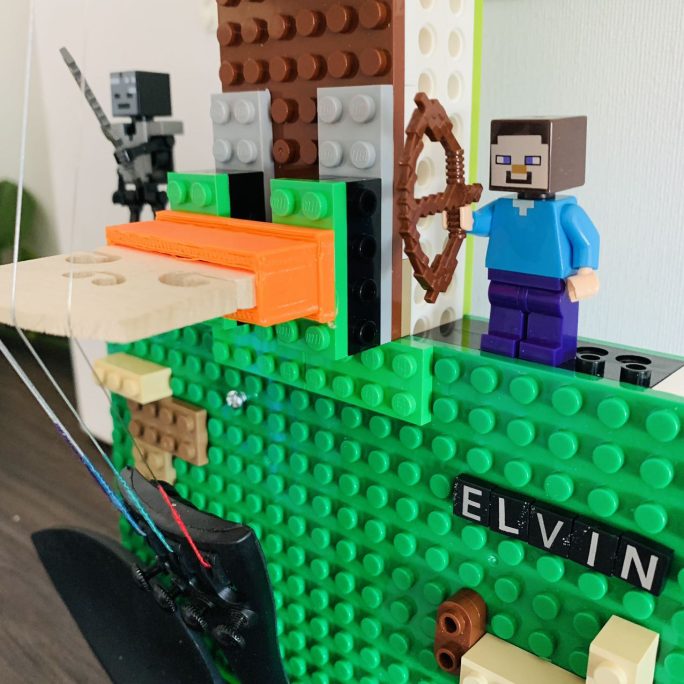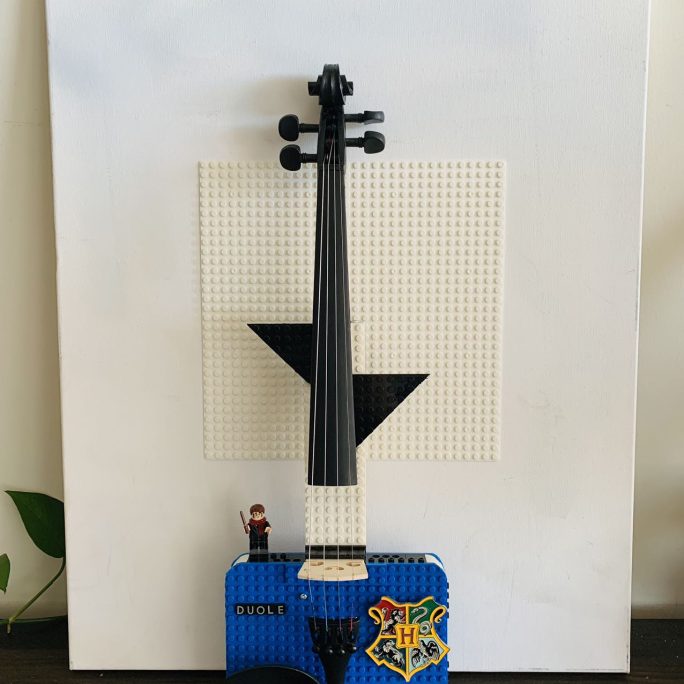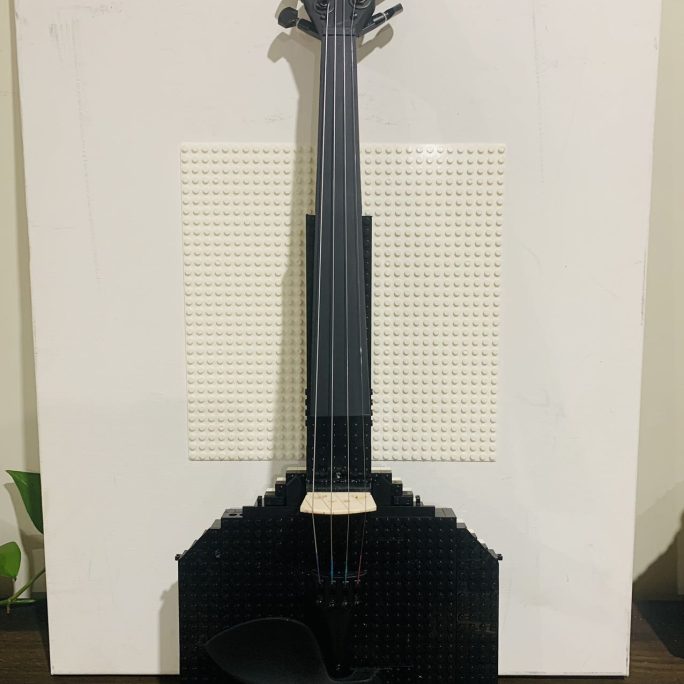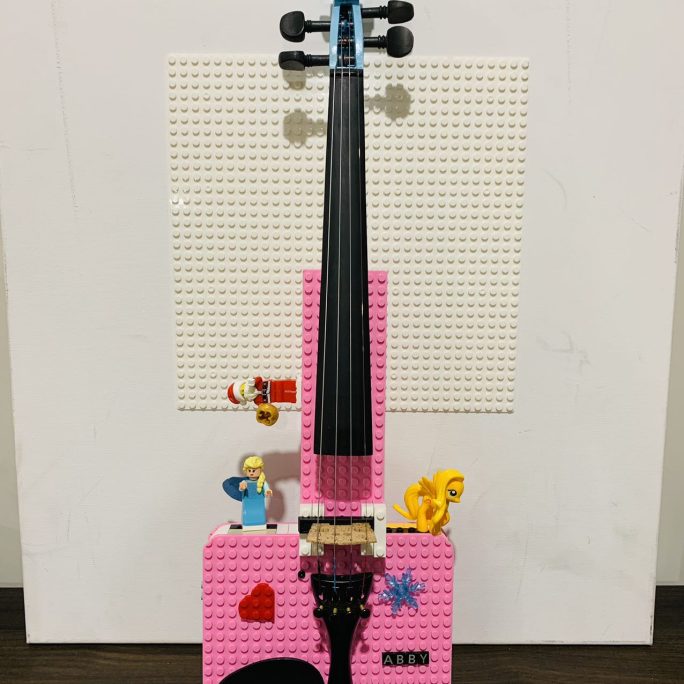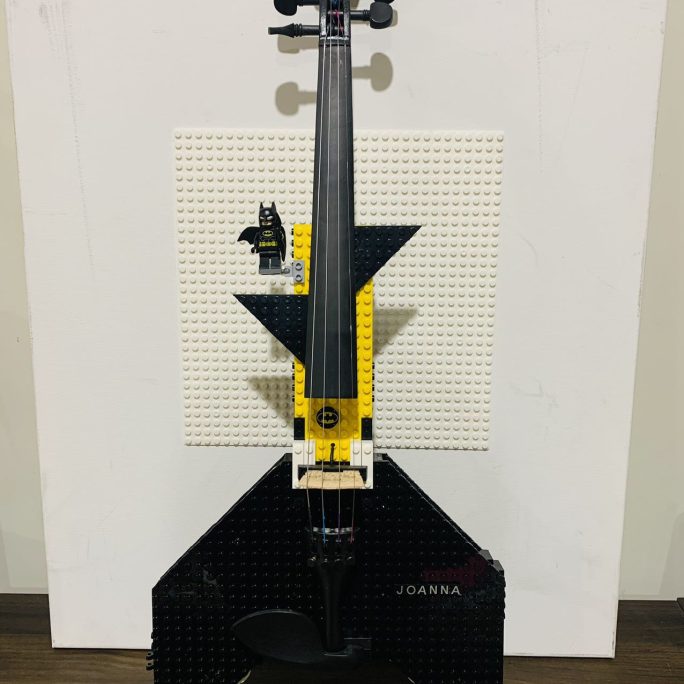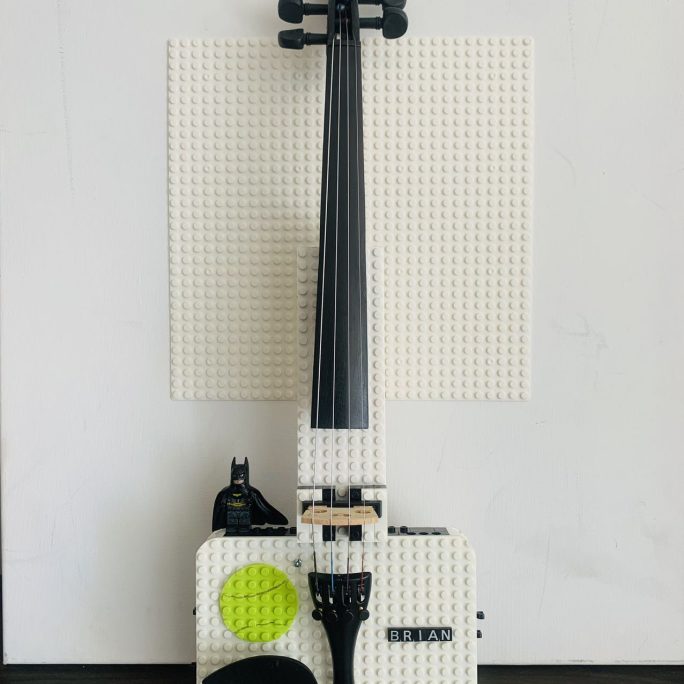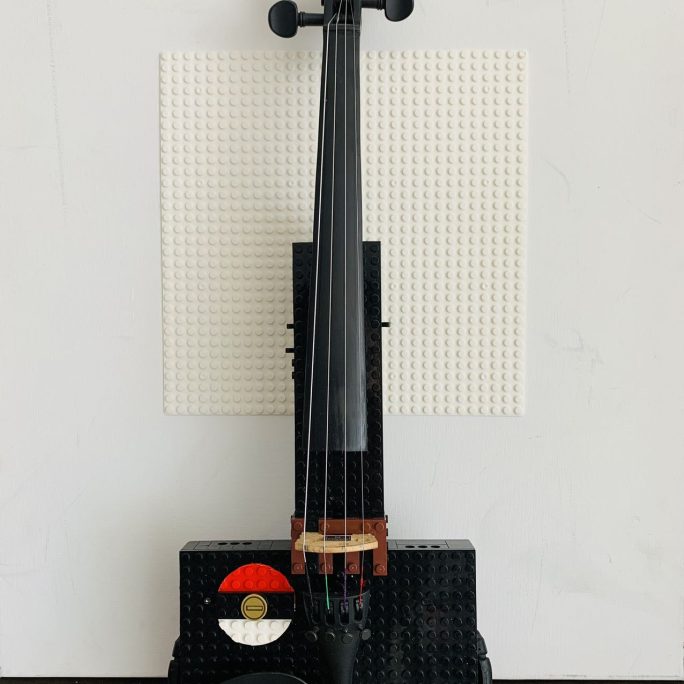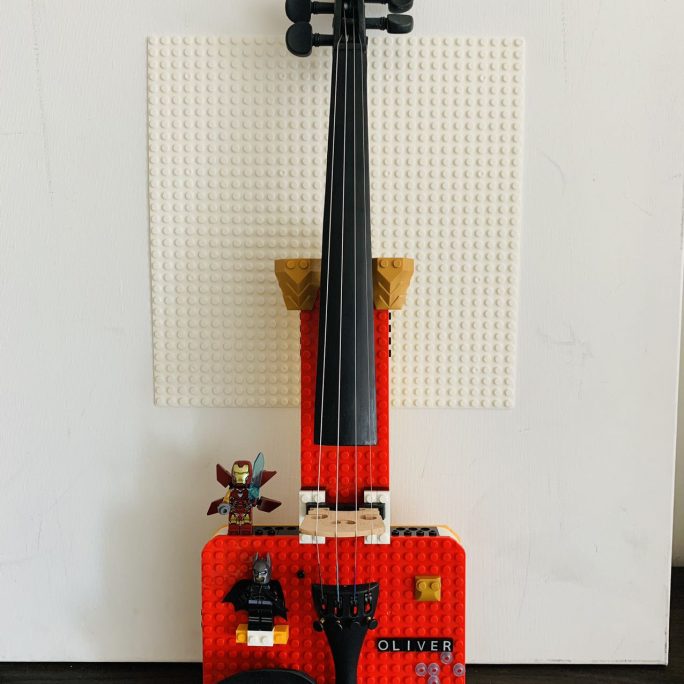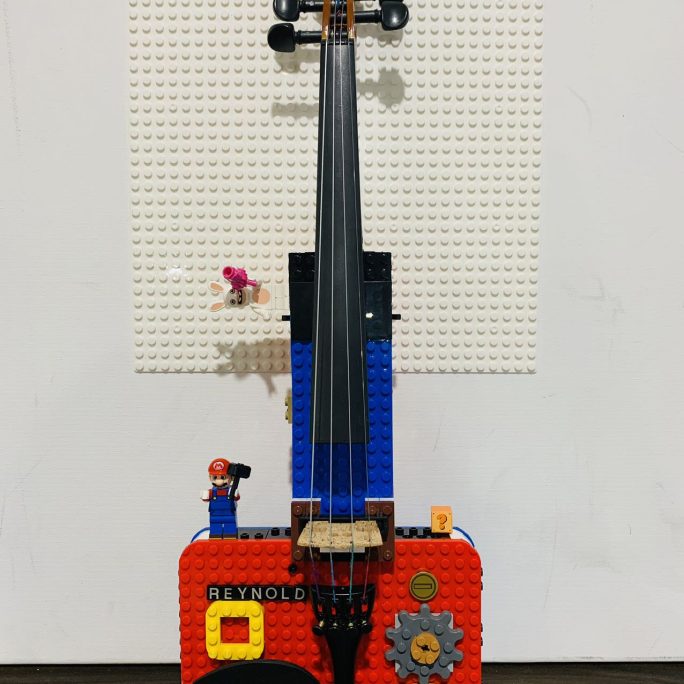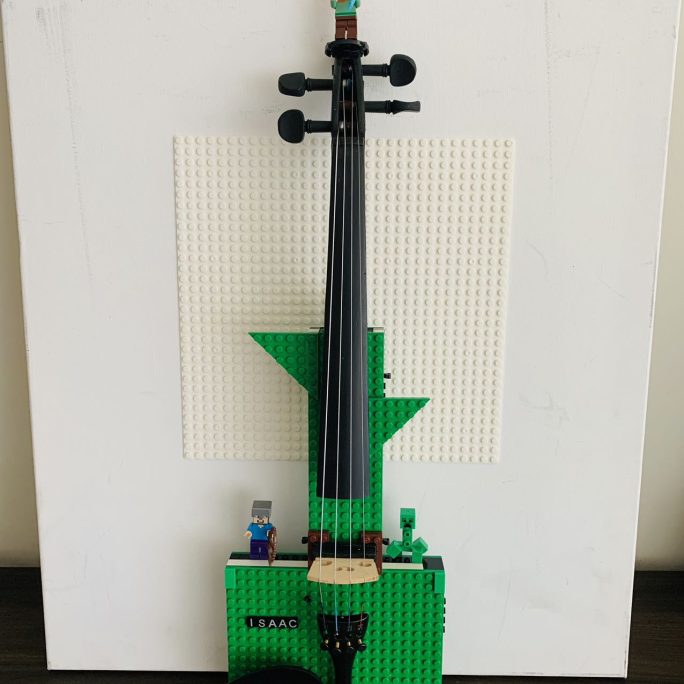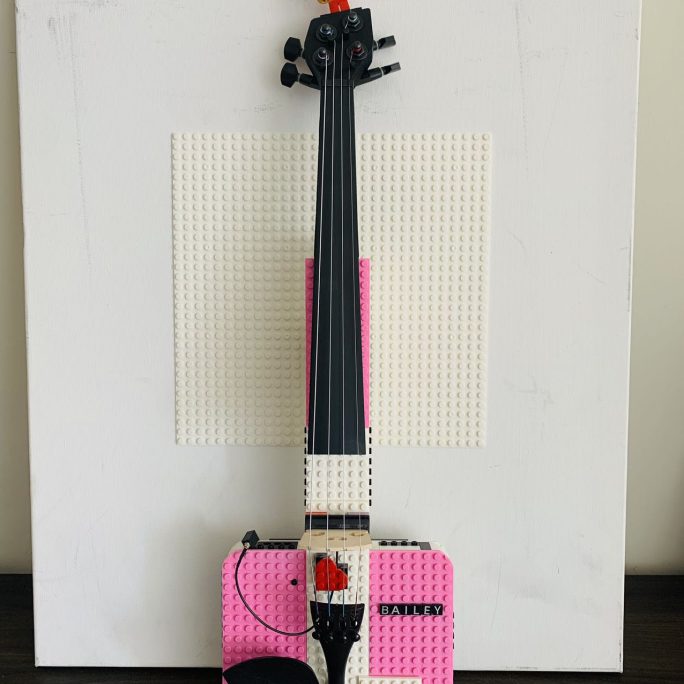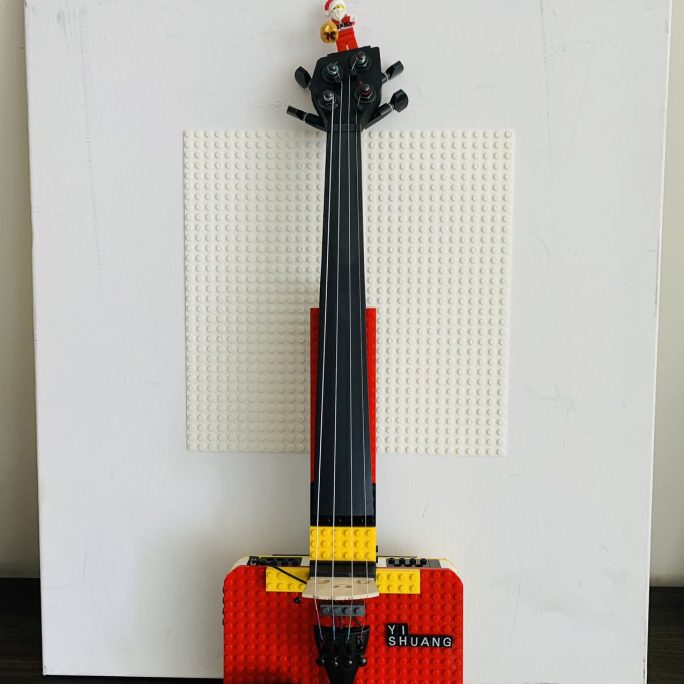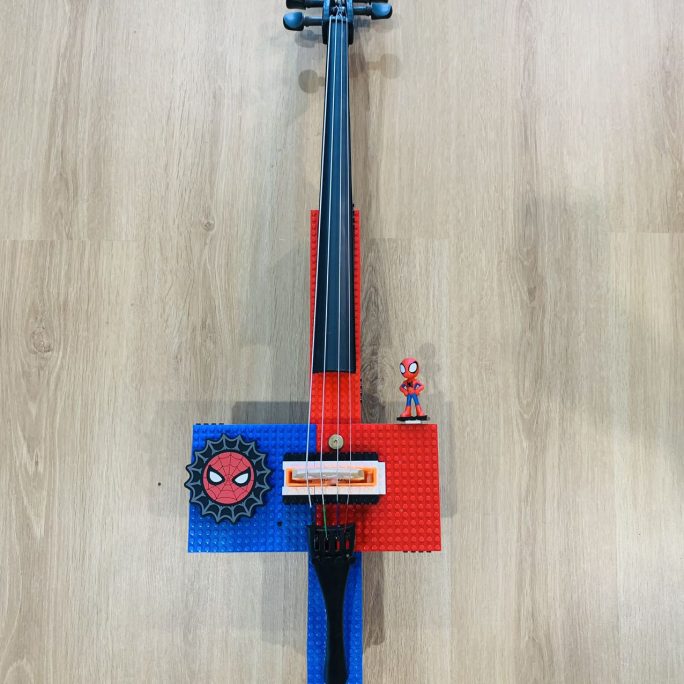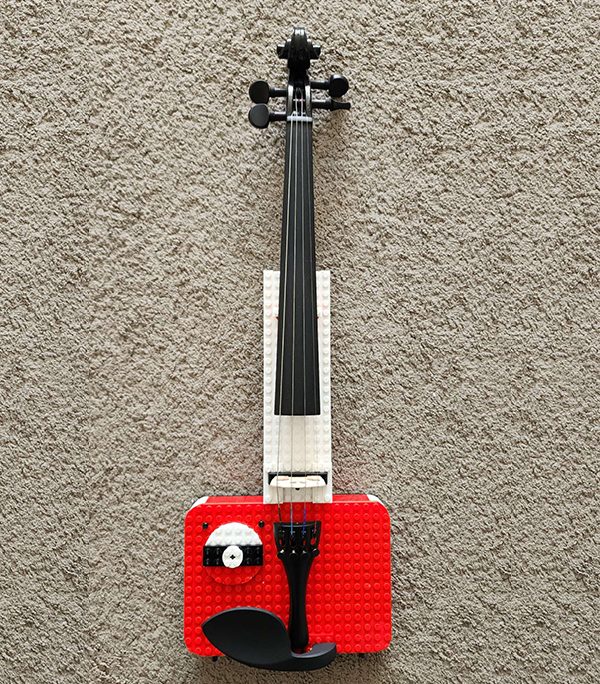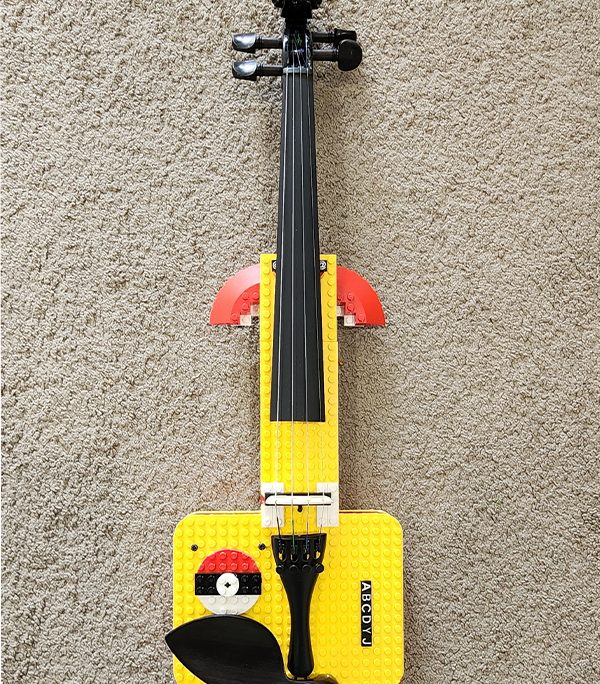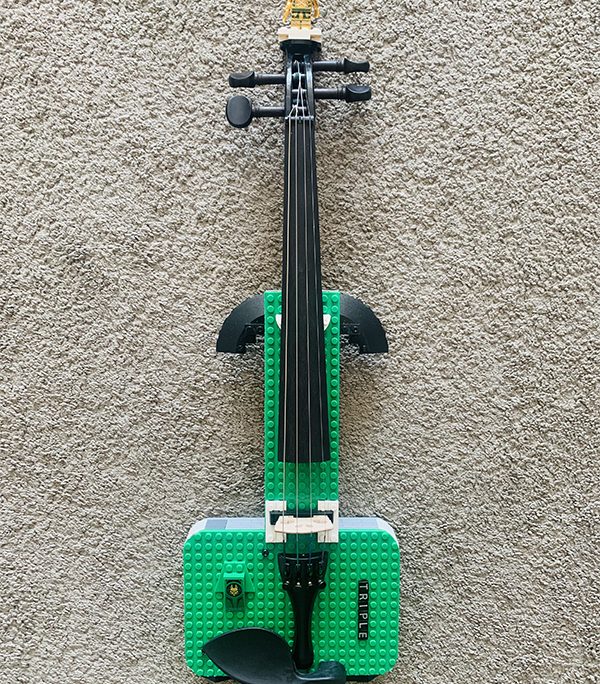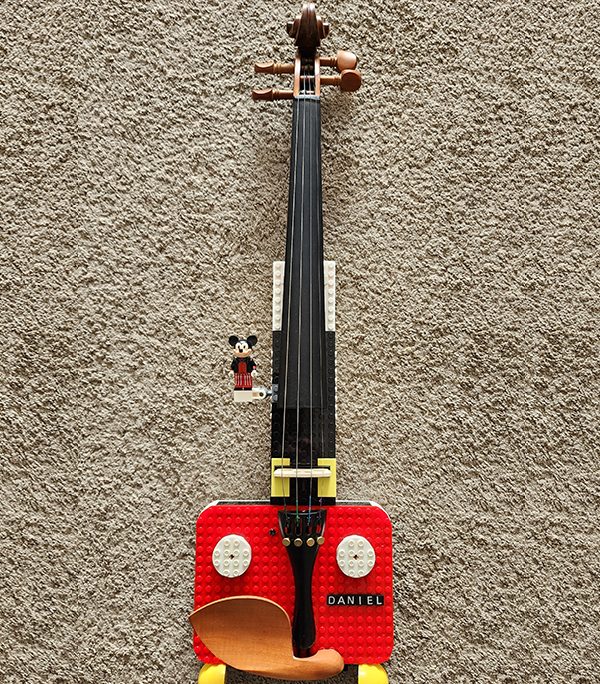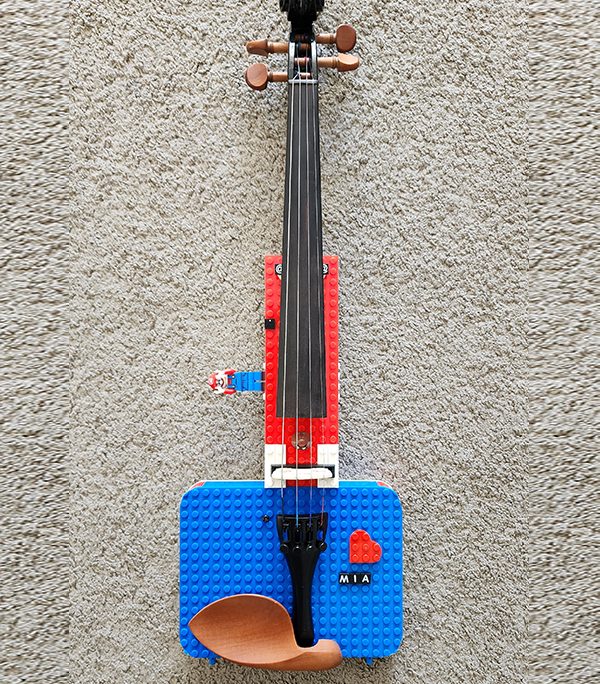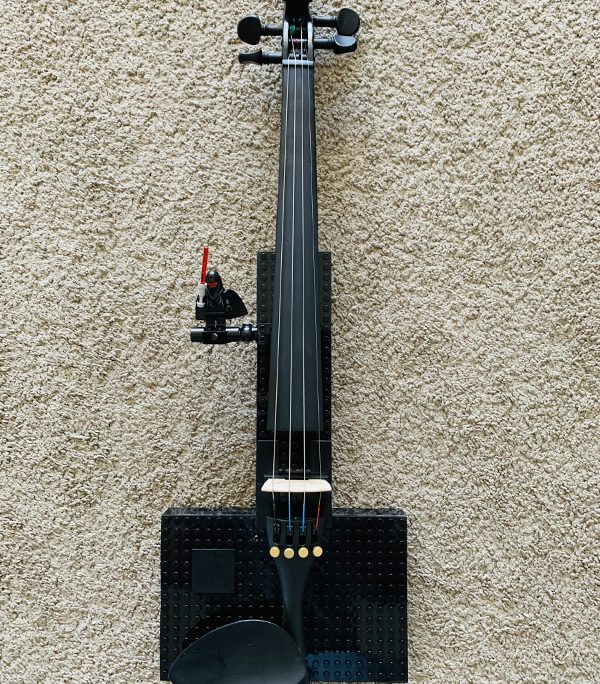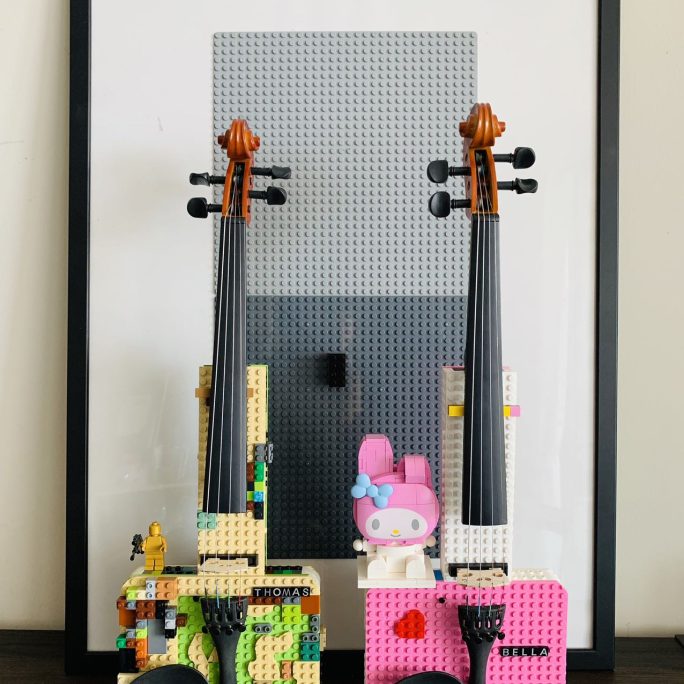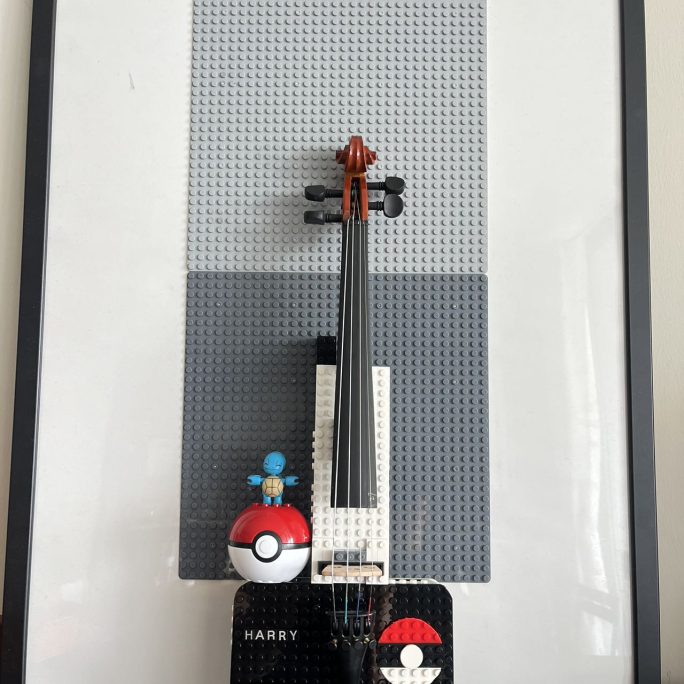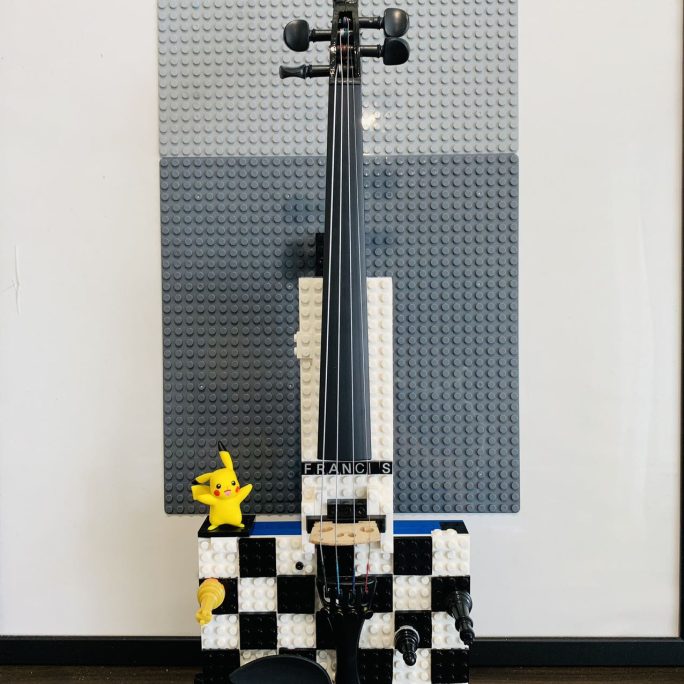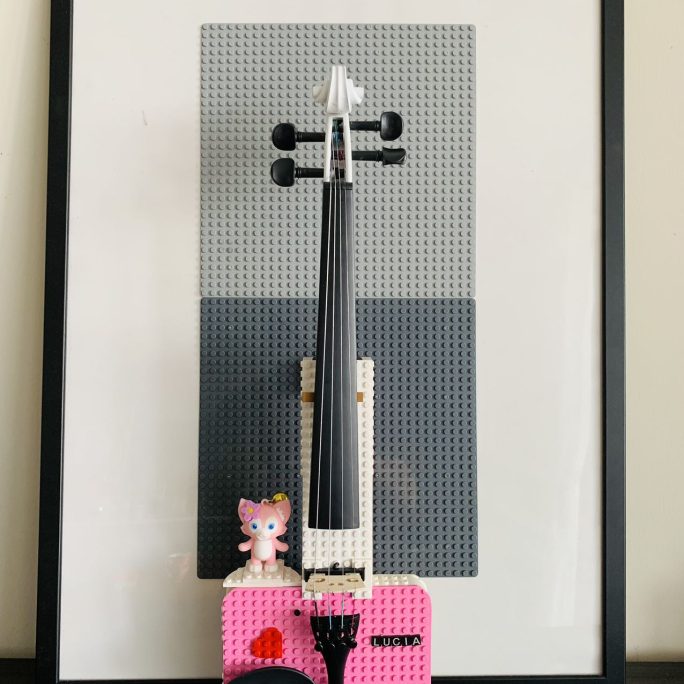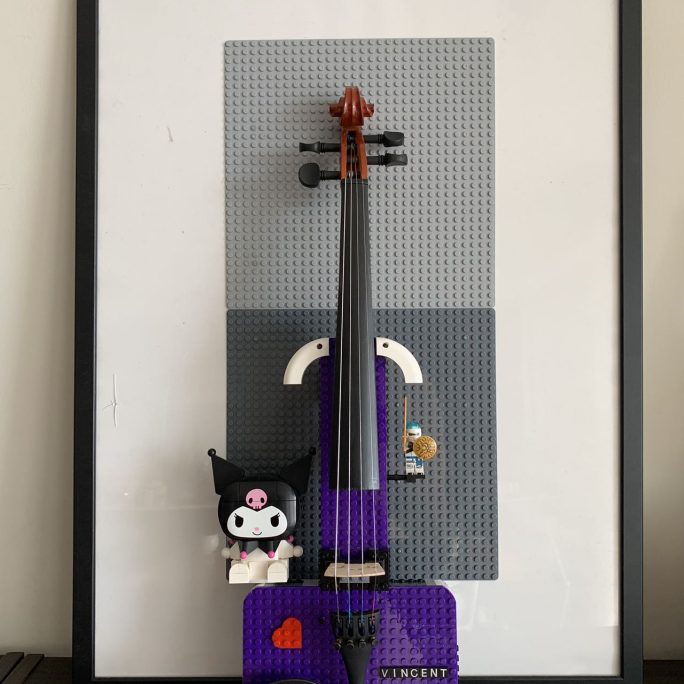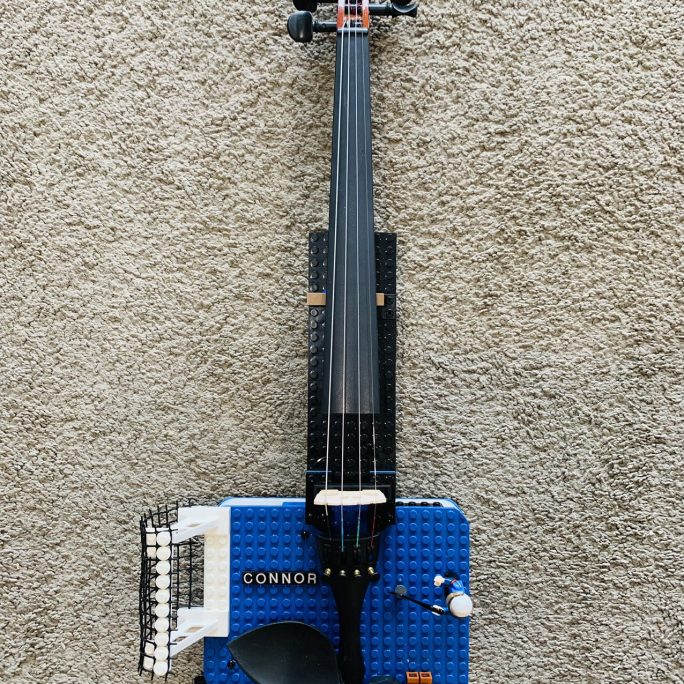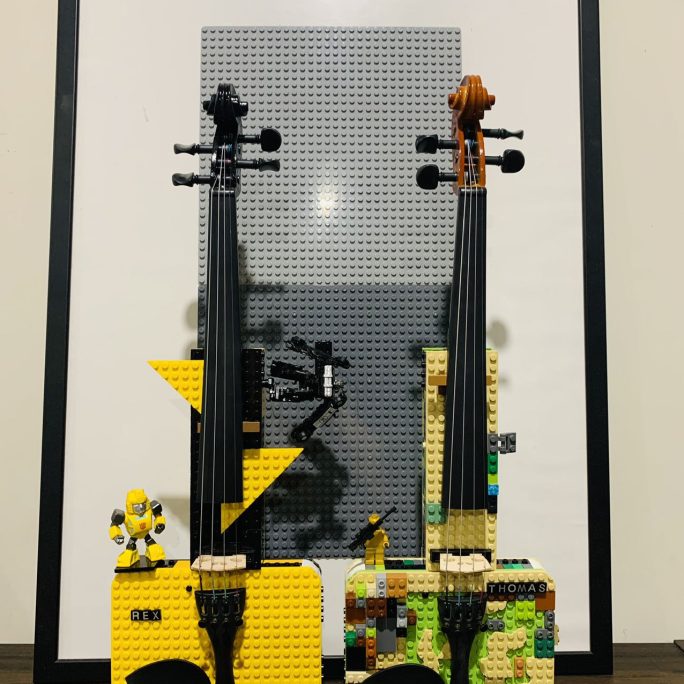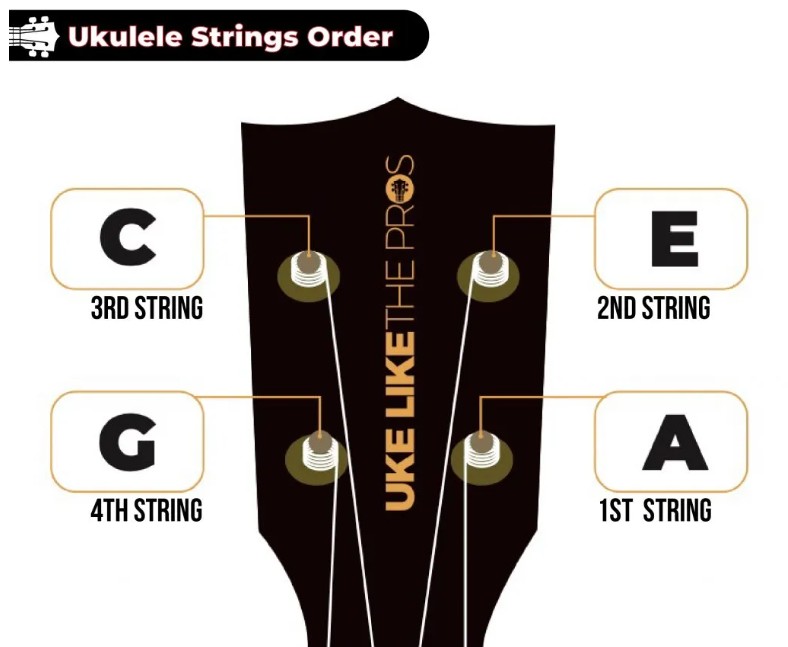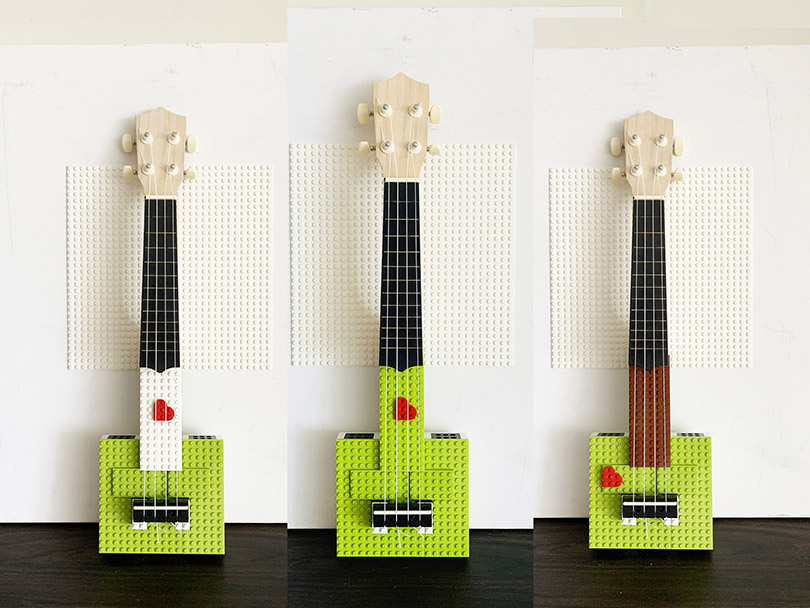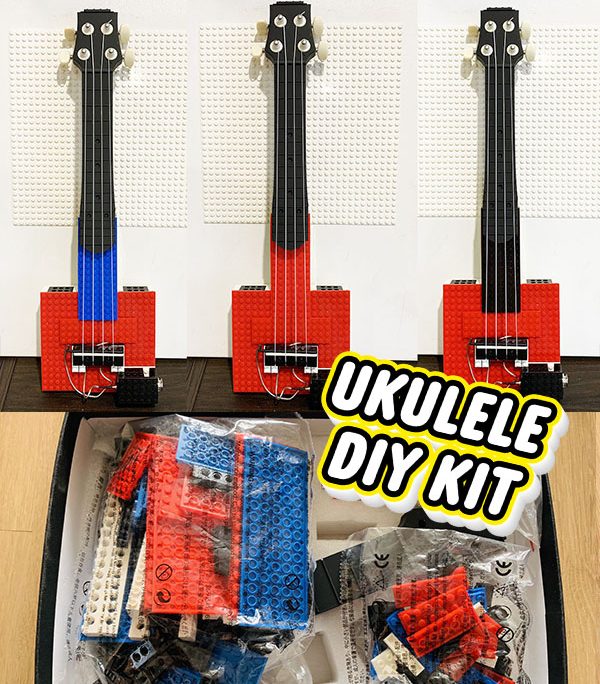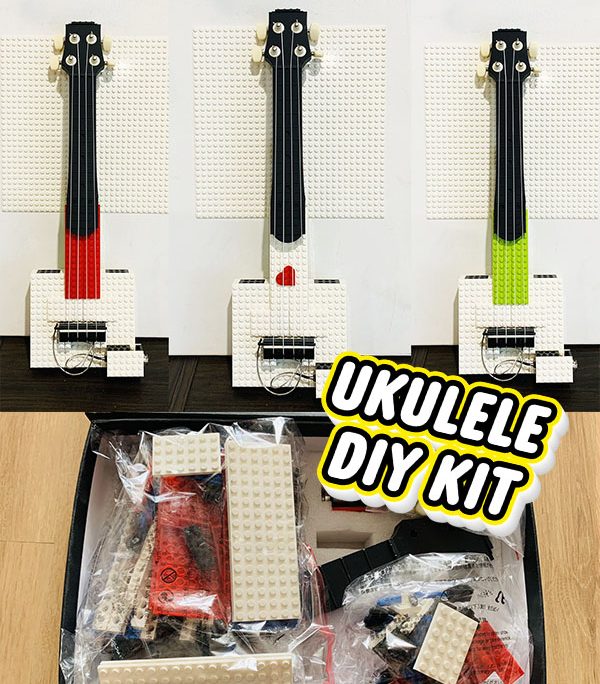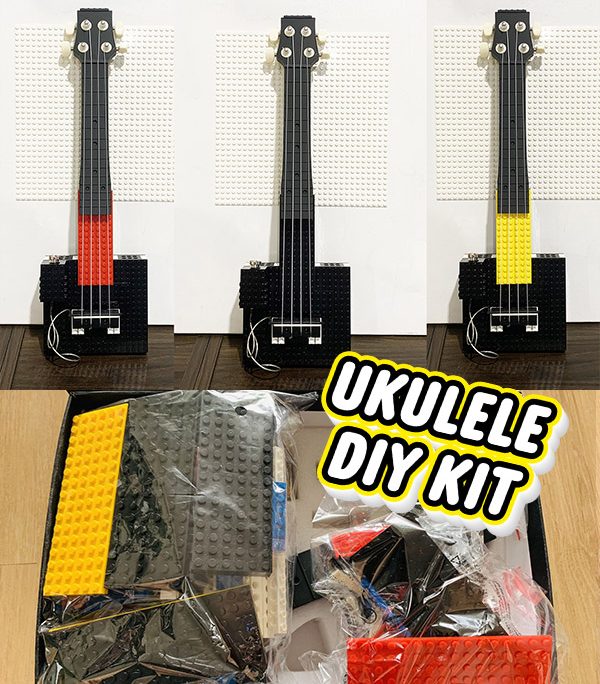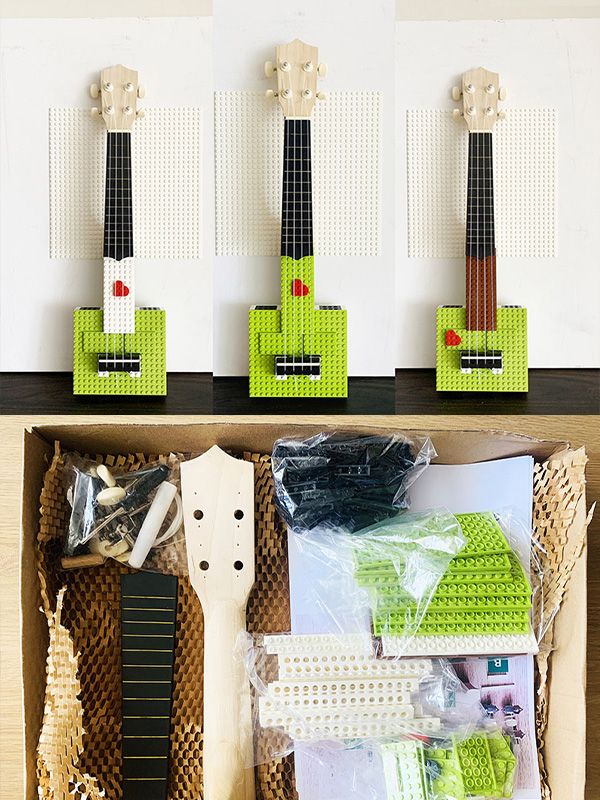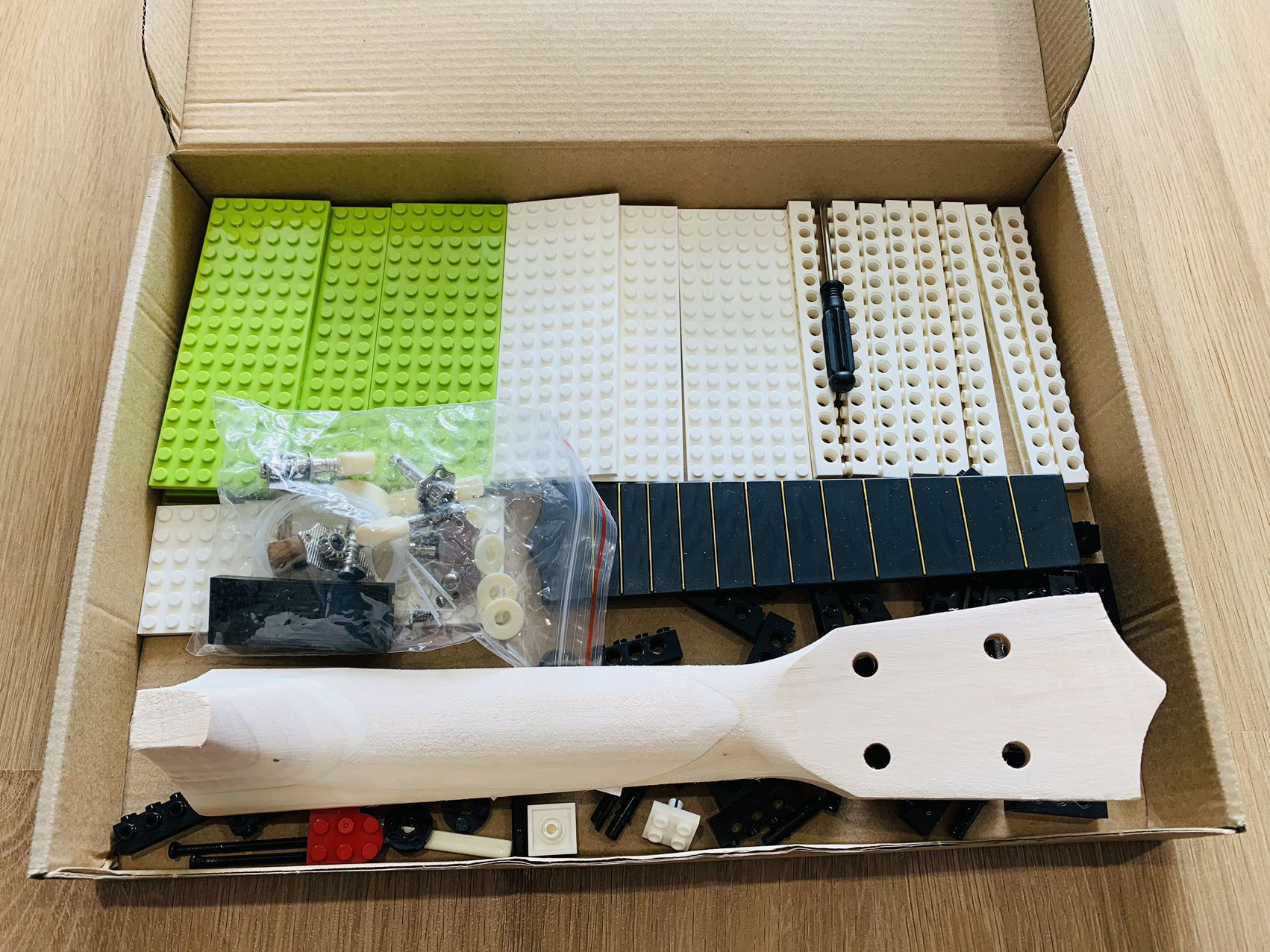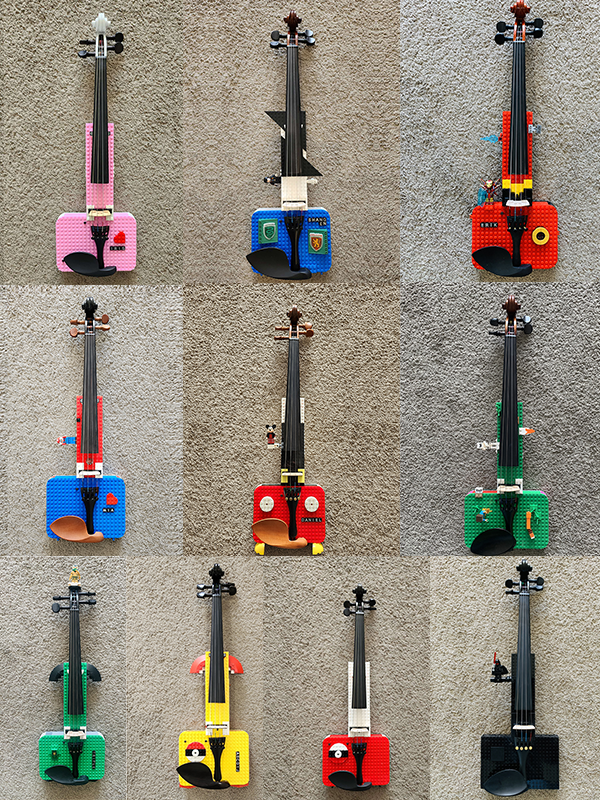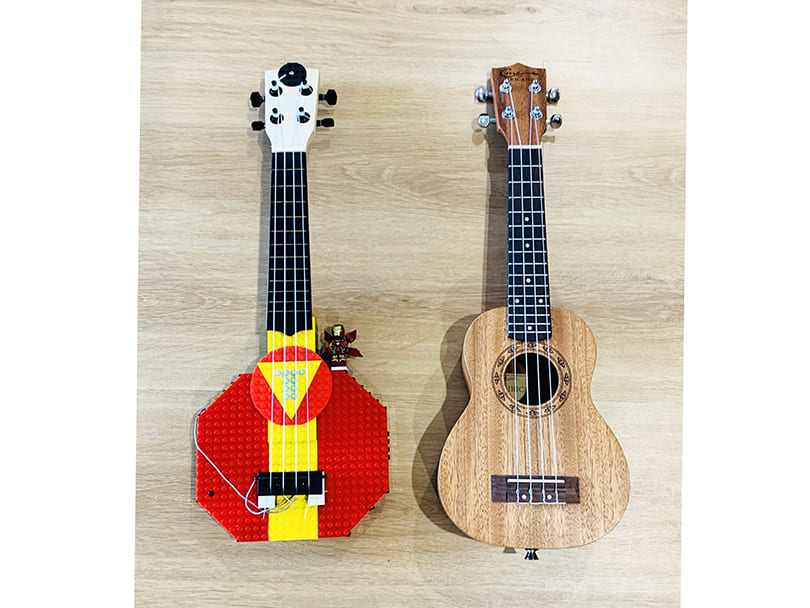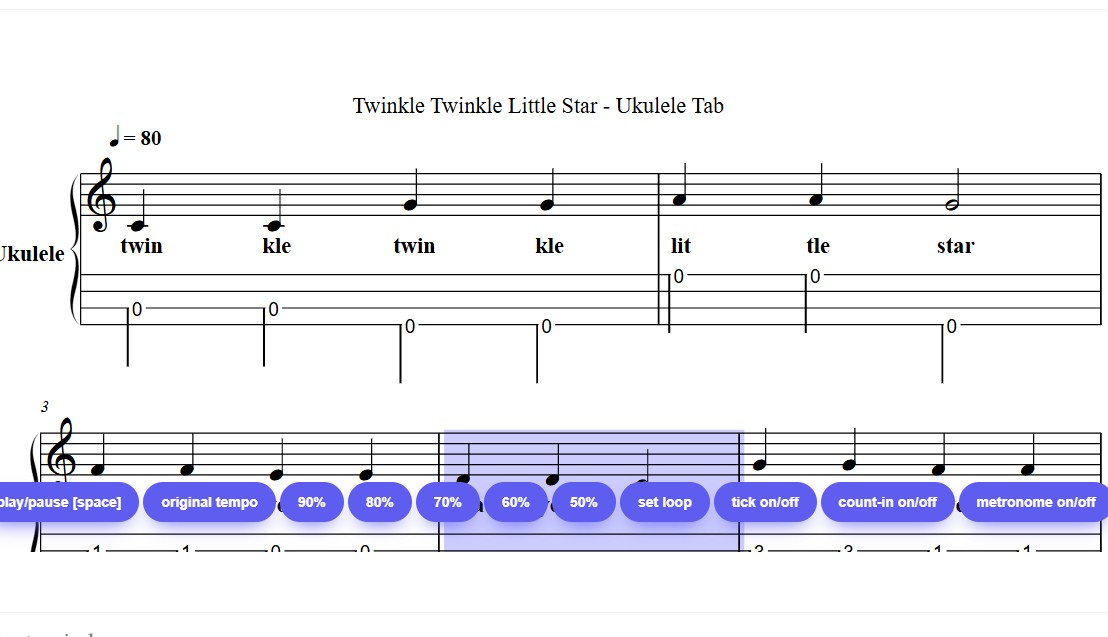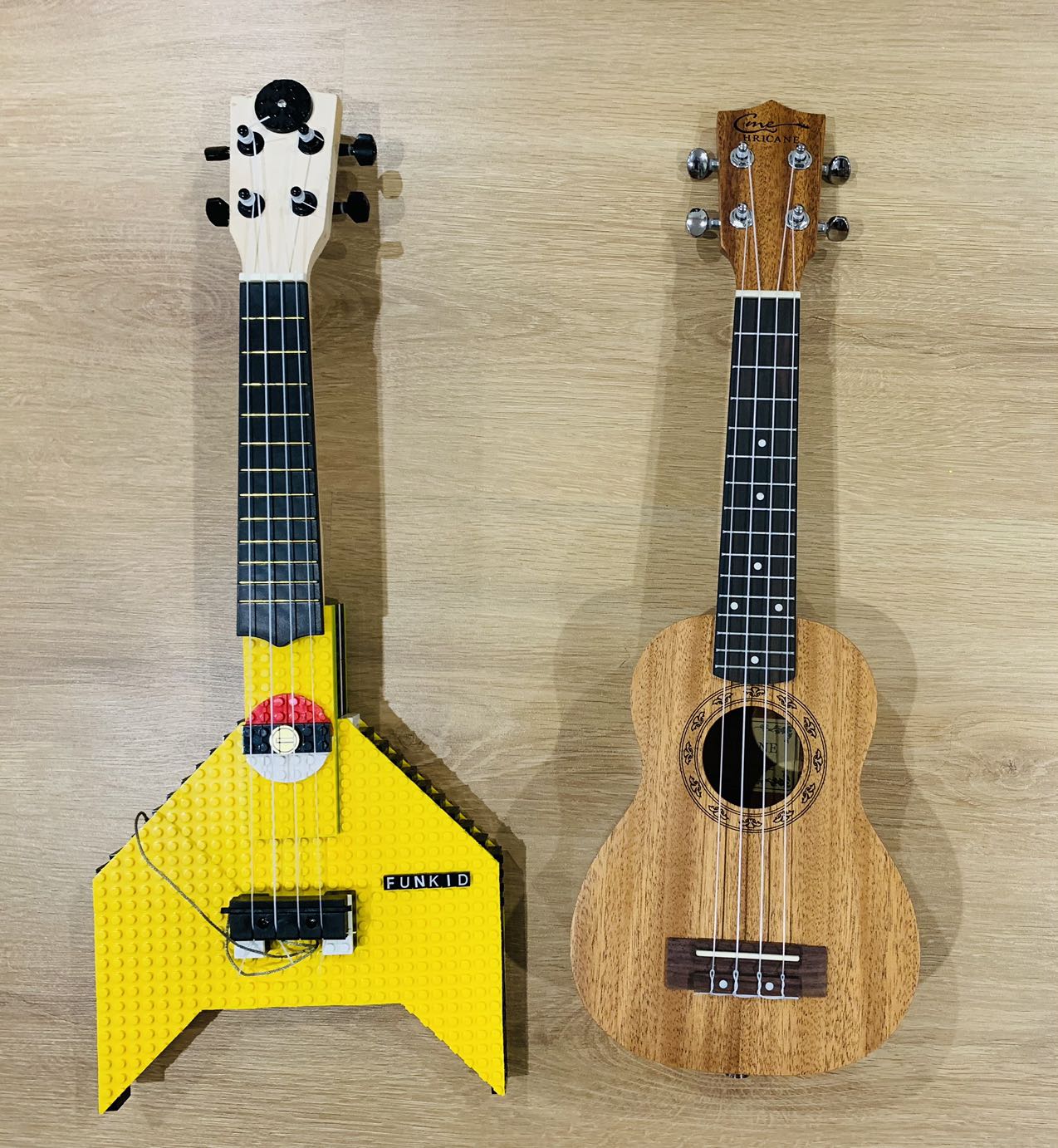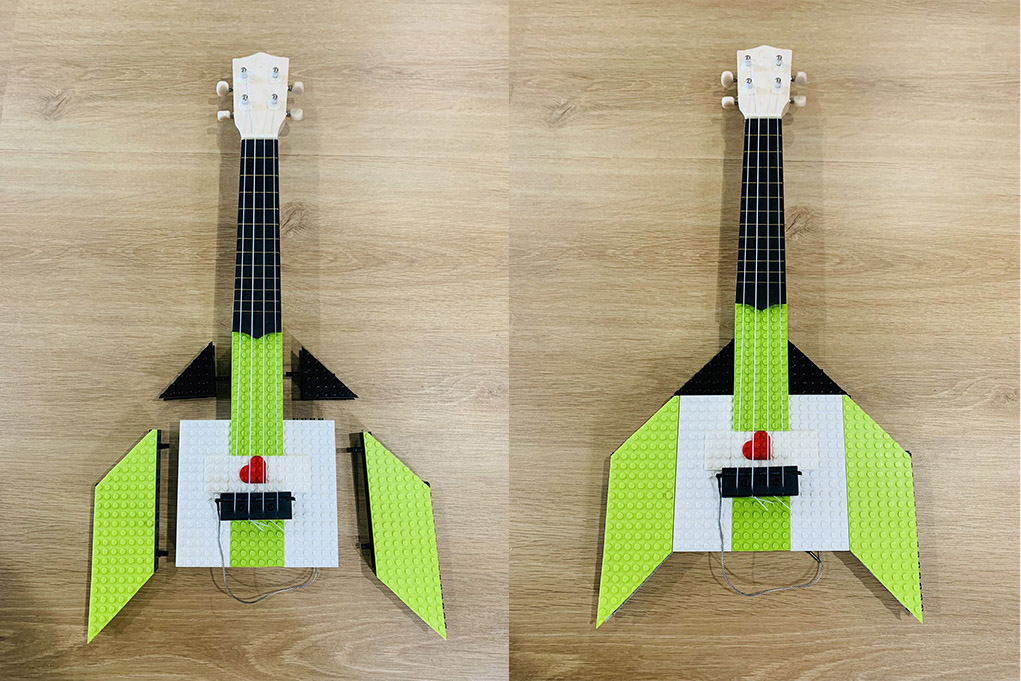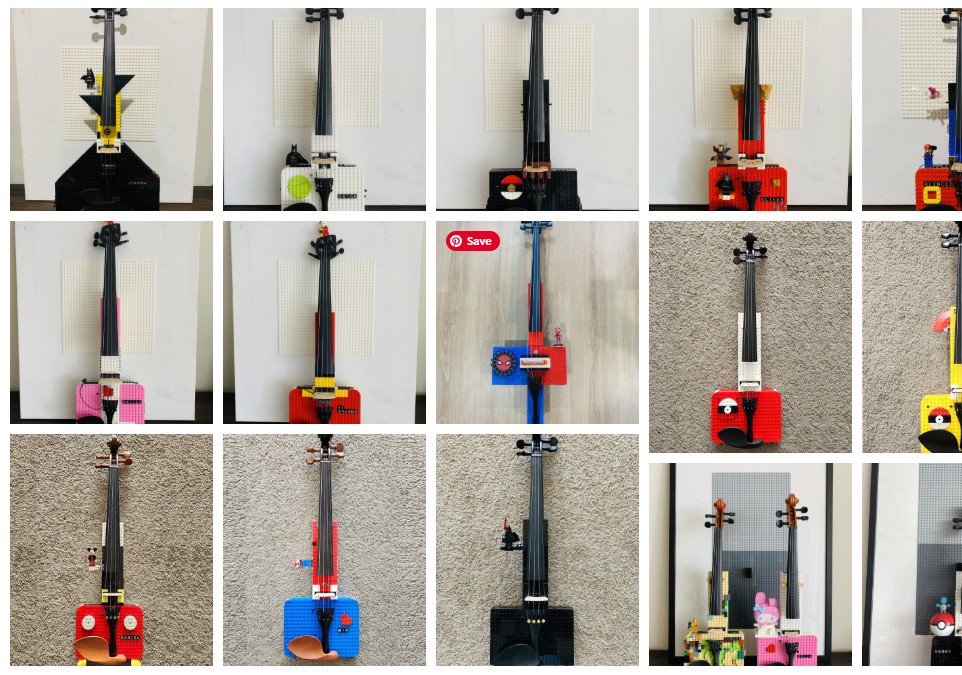
The year 2025 has brought an exciting innovation to the world of music education: the perfect child violin. With a combination of playful design, cutting-edge technology, and thoughtful craftsmanship, this new development has taken the challenge out of introducing children to the violin and made learning a delightful experience.
Enter the LEGO Violin
One standout in this movement is the LEGO Violin, a whimsical yet functional creation from FunKidViolin.com. This innovative instrument combines the iconic LEGO aesthetic with a fully playable violin, providing young learners with an inspiring and interactive way to engage with music.
The LEGO Violin is designed to capture a child’s imagination, with customizable, colorful pieces that allow kids to build and modify their own instrument. This hands-on aspect not only sparks creativity but also creates a sense of ownership and pride in their musical journey. The materials are durable yet lightweight, making it perfect for small hands and ensuring resilience through the inevitable bumps and drops of a child’s exploration.
Bridging Play and Performance
The LEGO Violin isn’t just about looks; it’s a fully functional instrument capable of producing beautiful sound. FunKidViolin.com has partnered with expert luthiers to ensure that the violin delivers quality tone while maintaining an approachable design for beginners. The sound quality rivals traditional starter violins, giving children the opportunity to learn proper techniques and develop a good ear from the start.
Enhanced Learning with Technology
In addition to its playful design, the perfect child violin incorporates smart technology to aid in learning. The LEGO Violin includes optional built-in sensors and a companion app that provides instant feedback on pitch, rhythm, and bowing technique. The app also features gamified lessons, turning practice sessions into engaging challenges that kids can’t wait to complete.
Why It’s a Game-Changer
Traditional violins for children often come with challenges such as fragile designs, steep learning curves, and a lack of engagement. The LEGO Violin addresses these issues head-on:
- Durability: Its sturdy construction ensures it withstands enthusiastic use.
- Customizability: Kids can personalize their violins, making them feel truly unique.
- Engagement: The combination of physical play and digital learning keeps children motivated.
- Quality Sound: Despite its playful appearance, the violin provides a serious musical foundation.
Conclusion
The perfect child violin of 2025—embodied by creations like the LEGO Violin from FunKidViolin.com—is a testament to how creativity and technology can transform education. By making music accessible, engaging, and fun, this innovative approach ensures that the next generation of musicians starts their journey on the right note.
Customise your own lego violin here

